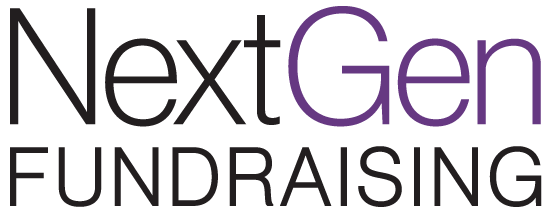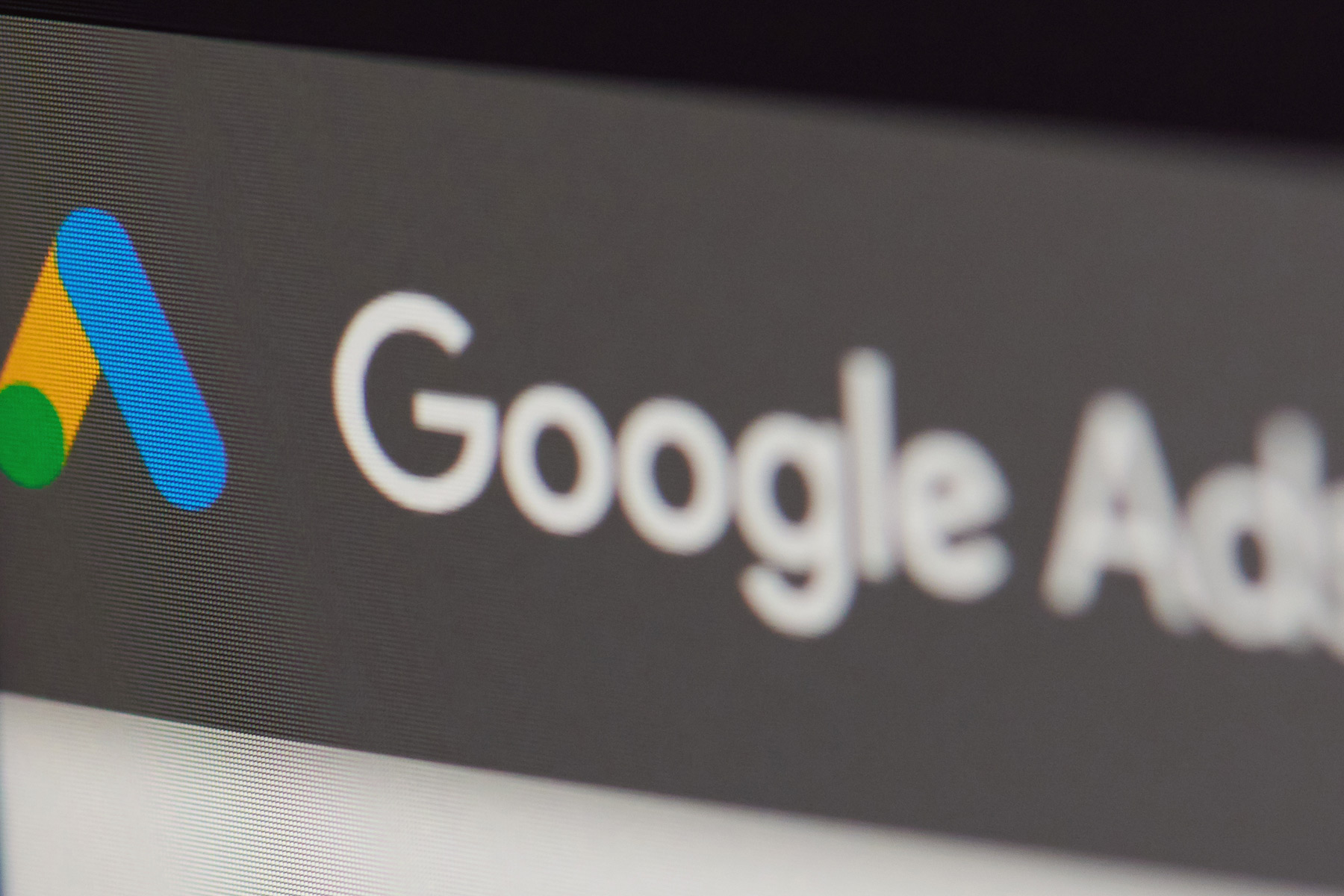Google Search can be your best friend—and offer a strong ROI on acquisition—as long as you know how to make the most out of this channel.
Following up on our Paid Advertising 101 article, we’re sharing three features along with some of our favorite tactics for successful campaigns.
Bids & Quality Scores
Google Ads uses a pay-per-click (PPC) model, meaning organizations only pay for ads that result in a click.
Advertisers can make “maximum bids,” which specify the maximum dollar they are willing to pay for an ad. This ensures that you will never spend more than a daily set amount.
There are three options for bids:
- Cost-per-click (CPC): the price for each click on one of your PPC ads
- Cost-per-thousand (CPM): the price of 1,000 advertisement impressions on one web page
- Cost-per-engagement (CPE): the price of users completing a desired engagement with your ad.
Google uses the bid amount in conjunction with an overall assessment of your ad to create what is known as a “Quality Score,” or the combined estimate of the quality of your ads, keywords, and landing pages to determine ad prices and positioning (where you rank when people search for related terms).
Scores range from 1 to 10, with 10 being the highest, and a higher Quality Score equals a lower cost per conversion.
To increase your Quality Score in Google Ads, you should focus on keyword research, refining ad text, adding negative keywords, and optimizing landing pages for a cohesive user experience.
Types of Search Ads
Previously, there were two types of text-based Search Ads:
- Responsive Search Ads: allows Google to test a series of different headlines and descriptions to find which is the most effective ads for your goal. (This is currently the default ad type.)
- Expanded Text Ads (no longer available): create individual ads and test them on your own.
With the sunsetting of expanded text ads, Google is constantly working to improve Responsive Search Ads. These ads allow for more variants and testing than traditional search ads and are automatically optimized for you. This type of ad allows you to enter four 90-character descriptions, 15 headlines, 30-character headlines, and various “assets,” including image extensions, business logos, sitelink extensions, and so forth.
Google automatically tests these multiple headlines and descriptions in different positions to create and show the best version of your ad.
Keyword Bidding
Organizations are constantly bidding on—and competing for!—different search terms related to their brands and services.
These searches include keywords that can be broad or specific, depending on which of the main three match types is used: broad match, phrase match or exact match. (We’ll get into more detail on these in a future article!)
When a keyword is extremely relevant to an organization but also competitive (many other similar organizations are fighting for top placement), keyword bidding strategy lets an organization pay more for a higher placement.
Google jumps into “auction mode” when a user searches for a keyword that you are targeting, comparing your Ad Rank to those of other organizations targeting the same keyword.
Having a Quality Score comes into play here, as Google favors websites that help users the most.
Let NextGen Help
Ready to grow your digital program? Connect with NextGen or learn more about working with our digital team.

